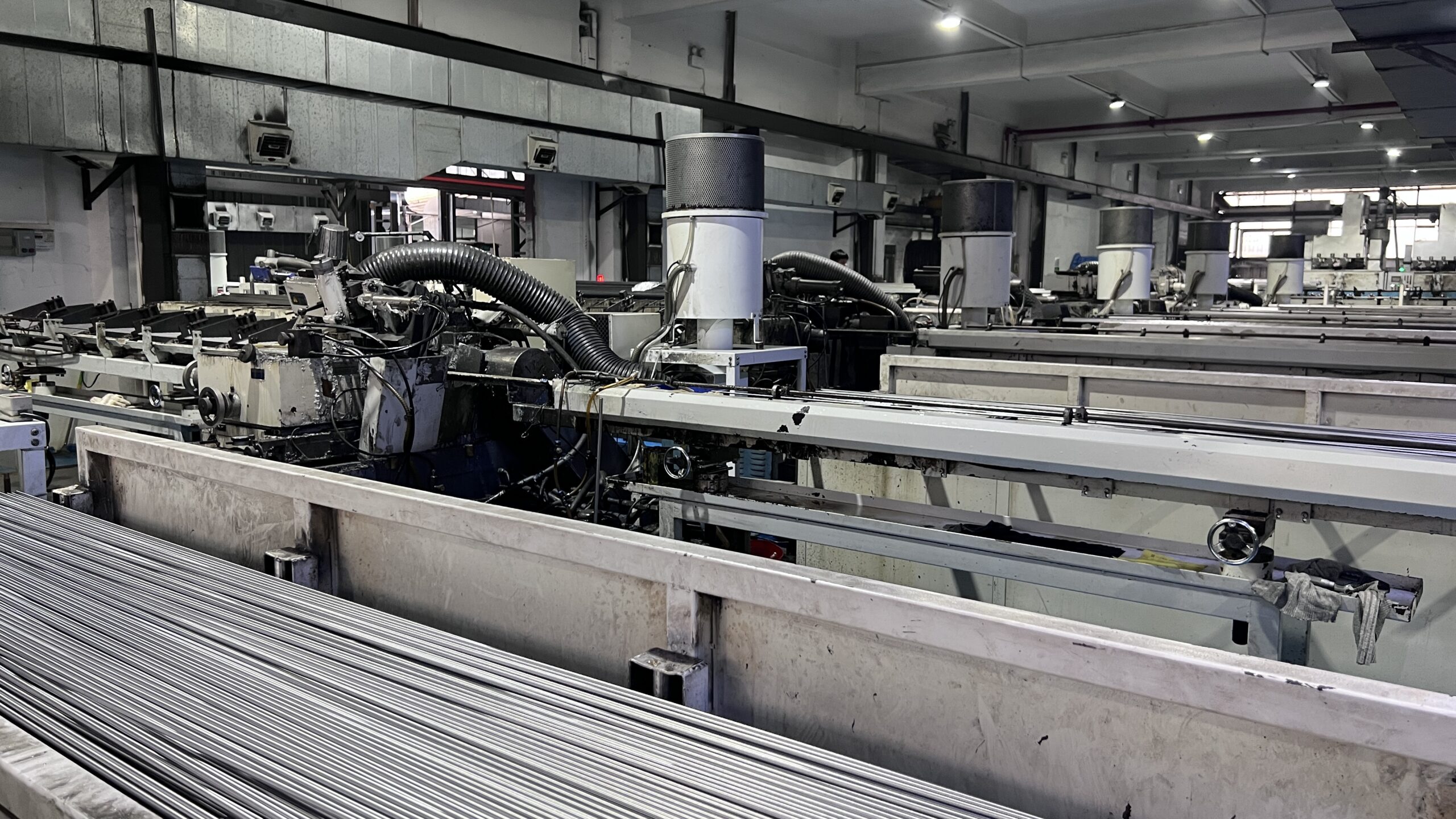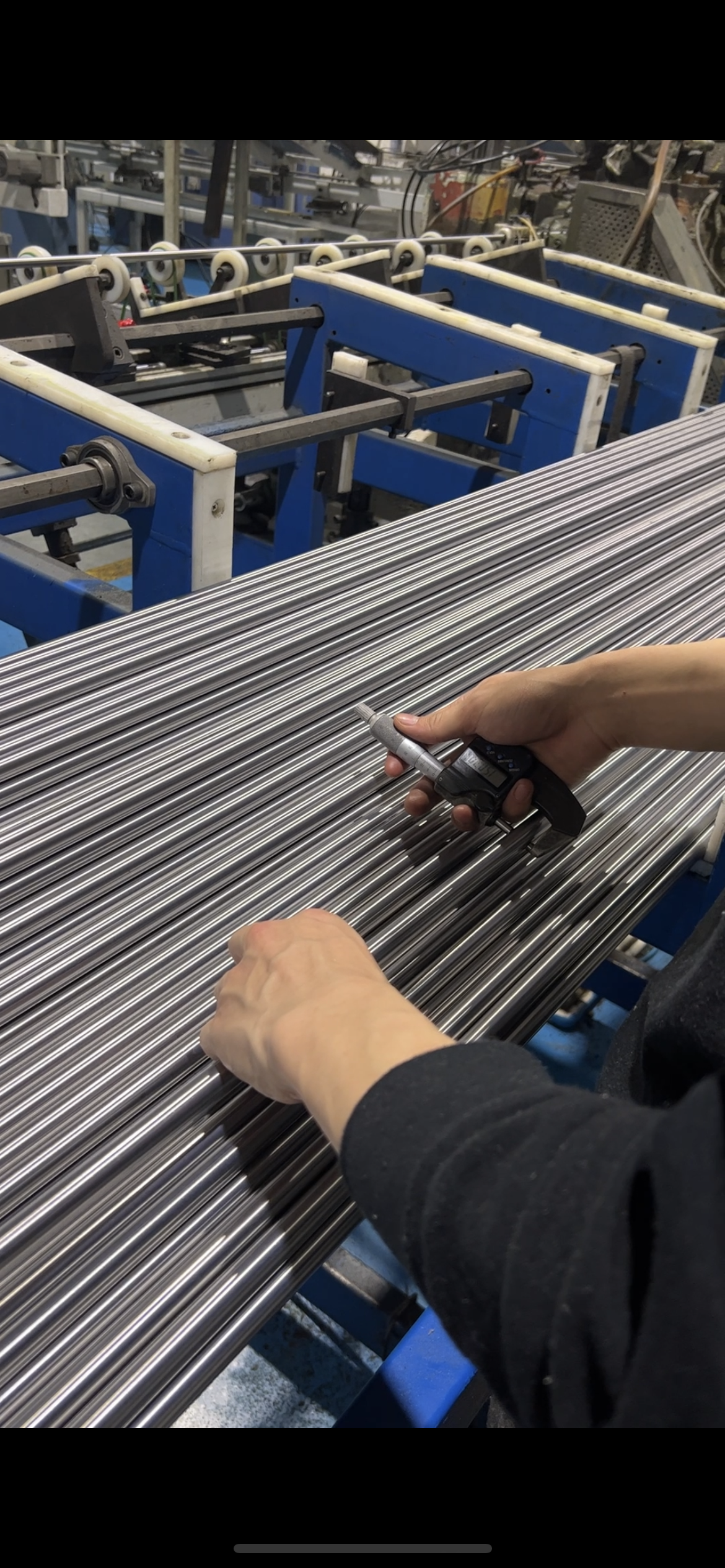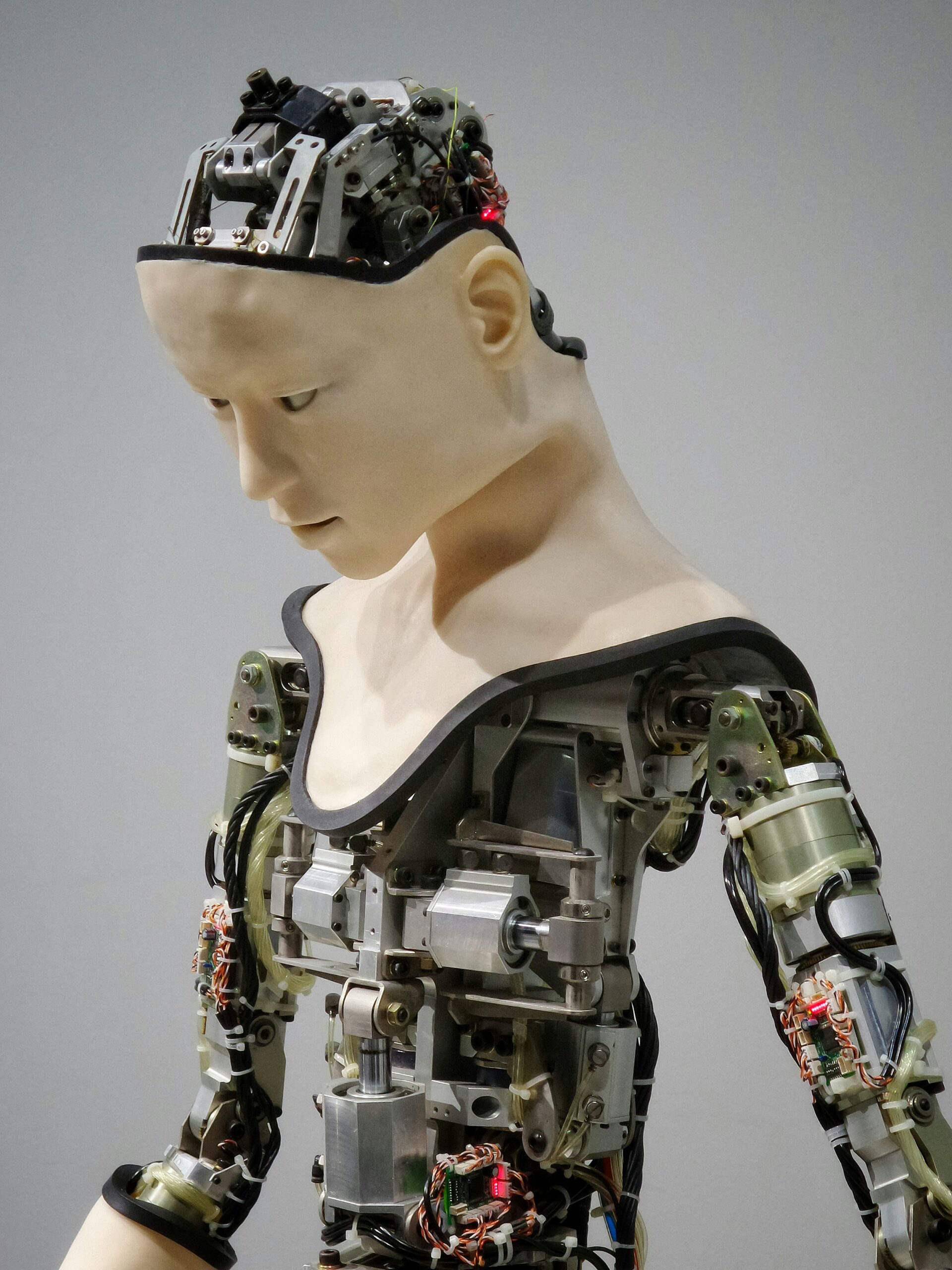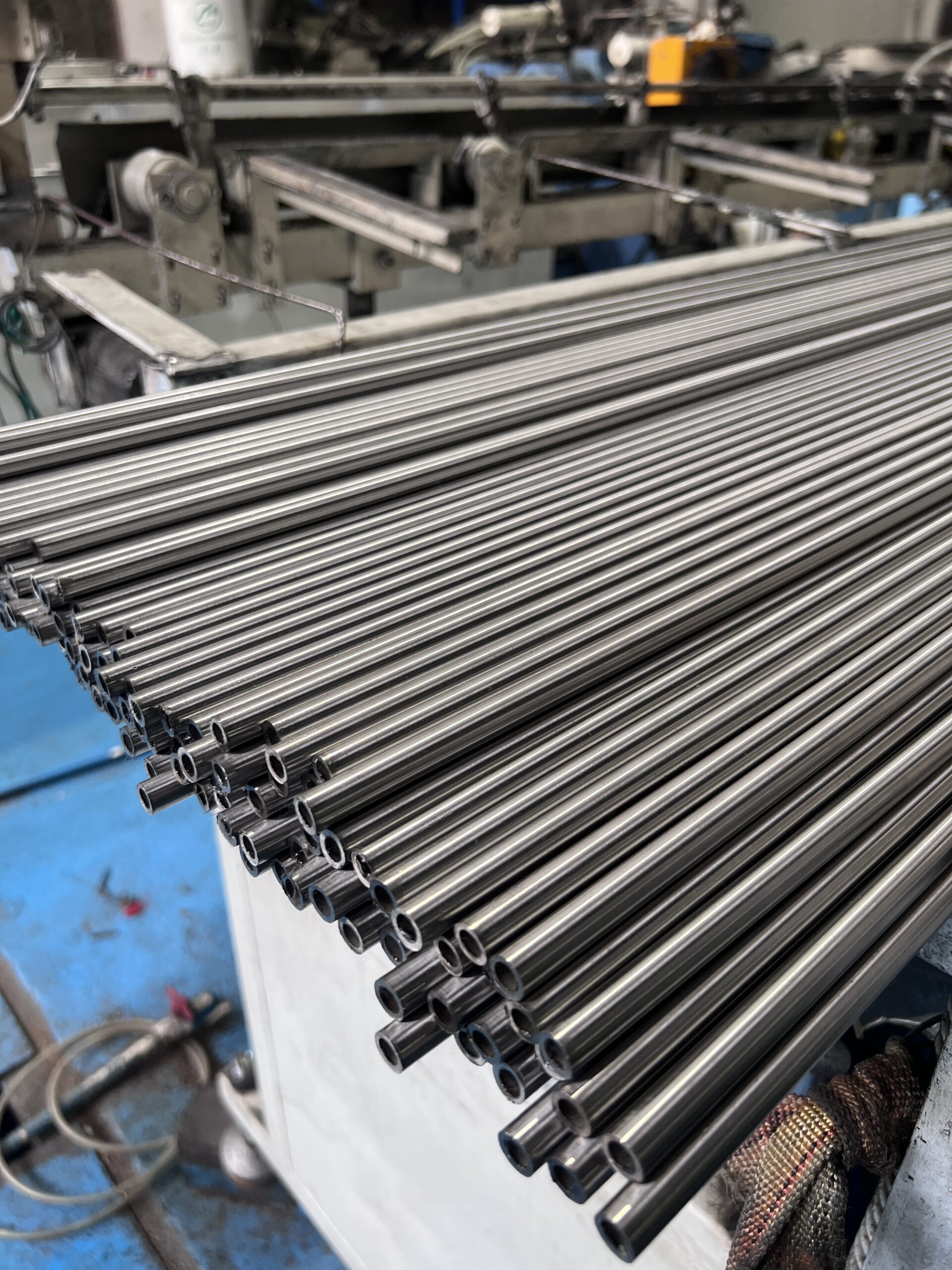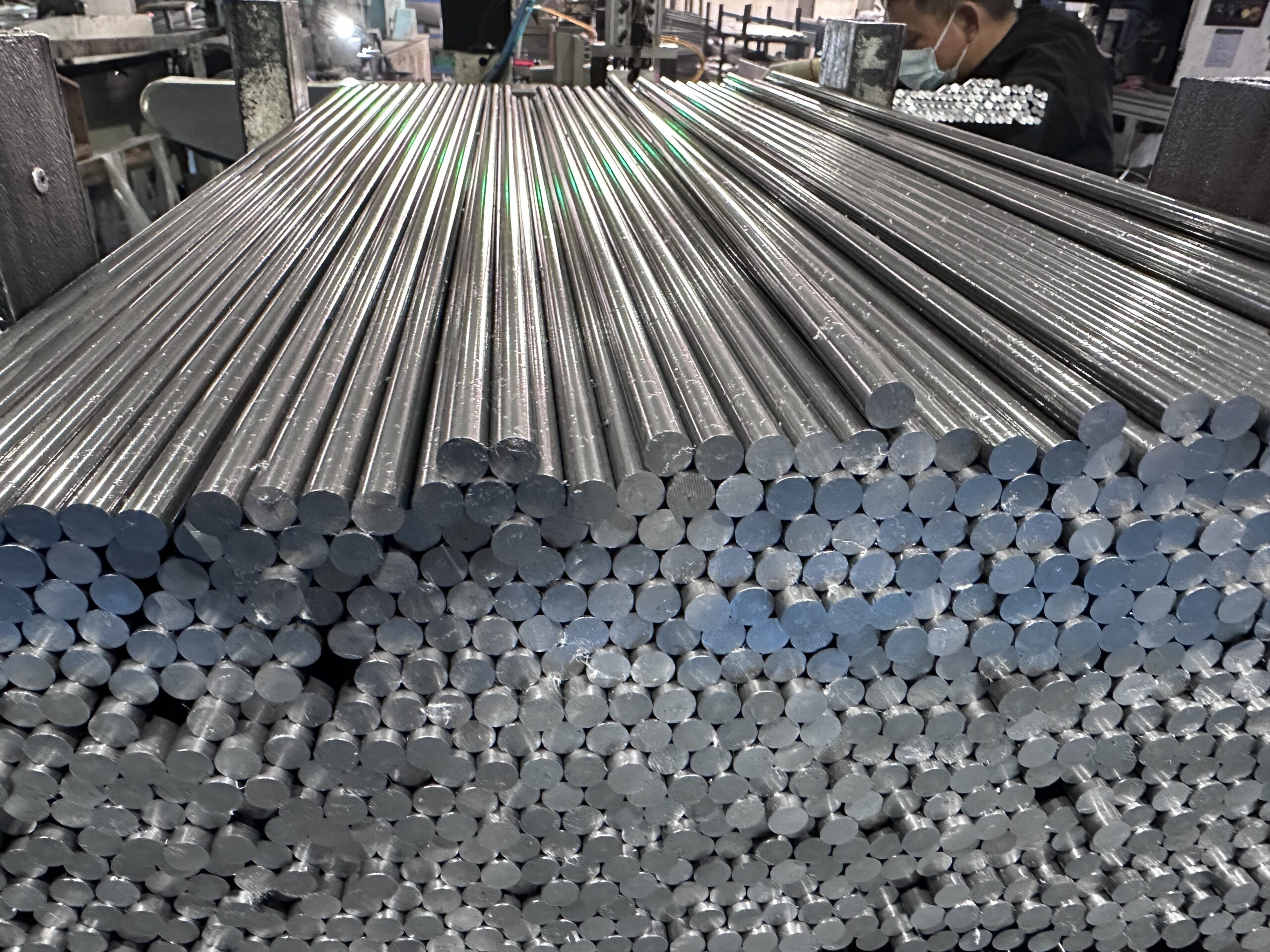Overview of Non-Magnetic Stainless Steel
Non-magnetic stainless steels, mainly austenitic grades such as 304L and 316L, are widely used where magnetic interference must be minimized. These materials combine corrosion resistance, formability, and non-magnetic properties.
Key Applications Across Industries
| Industry | Application Example | Benefit of Non-Magnetic Steel |
|---|---|---|
| Medical | Surgical tools, MRI equipment | Safe for magnetic-sensitive environments |
| Marine | Boat fittings, underwater fasteners | Excellent resistance to saltwater corrosion |
| Electronics | Sensor casings, precision components | Avoids interference with magnetic fields |
| Aerospace | Engine components, connectors | Low magnetic permeability and high strength |
| Food Processing | Conveyor belts, processing tools | Hygienic, easy to clean, corrosion resistant |
| Chemical | Reactor vessels, piping systems | Resists acidic and caustic substances |
Advantages of Non-Magnetic Stainless Steel
-
Non-Magnetic Nature: Does not interfere with magnetic fields, making it suitable for sensitive electronic and medical environments.
-
High Corrosion Resistance: Performs well in aggressive environments such as saltwater or acidic conditions.
-
Good Weldability and Formability: Easily fabricated into complex shapes.
-
Hygienic and Durable: Ideal for food and pharmaceutical applications due to its clean surface and low maintenance.
Non-magnetic stainless steels offer a critical combination of corrosion resistance and magnetic neutrality. These qualities make them indispensable in industries that require precision, cleanliness, and magnetic safety.


